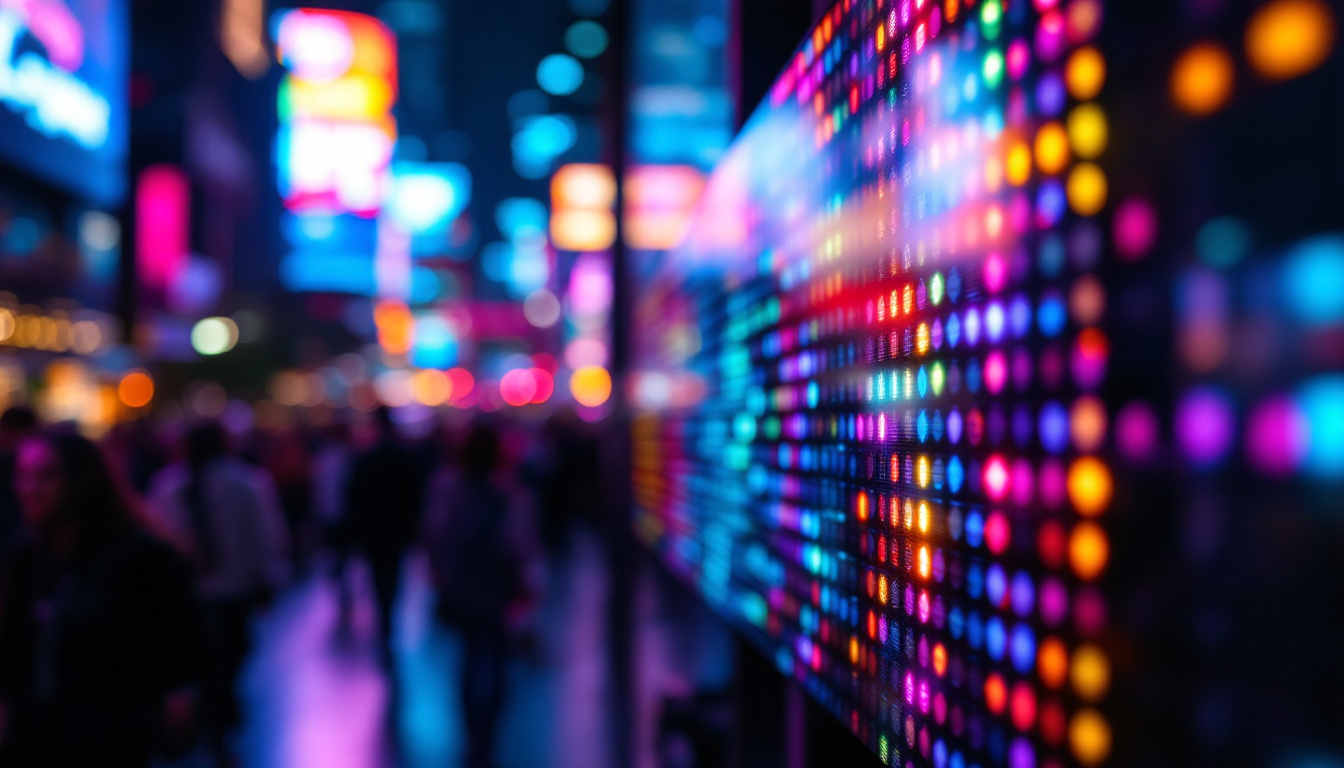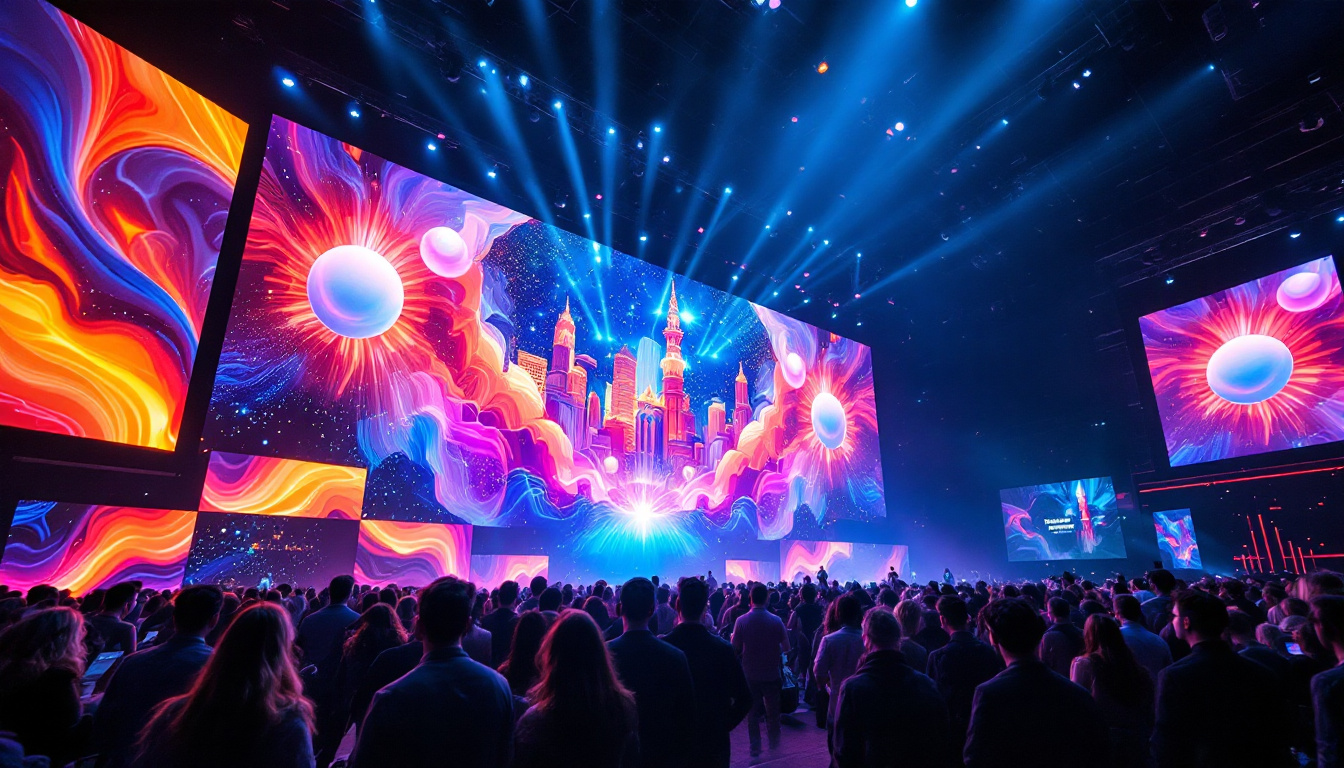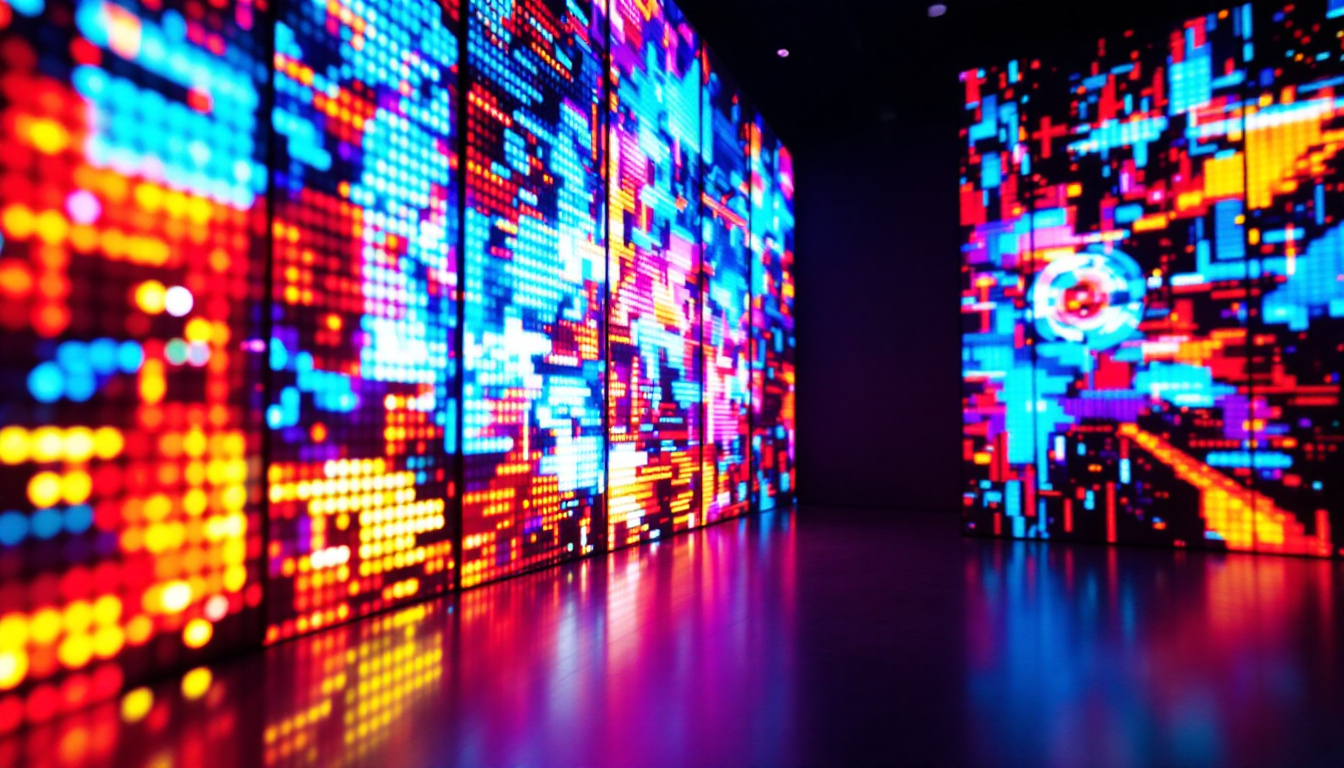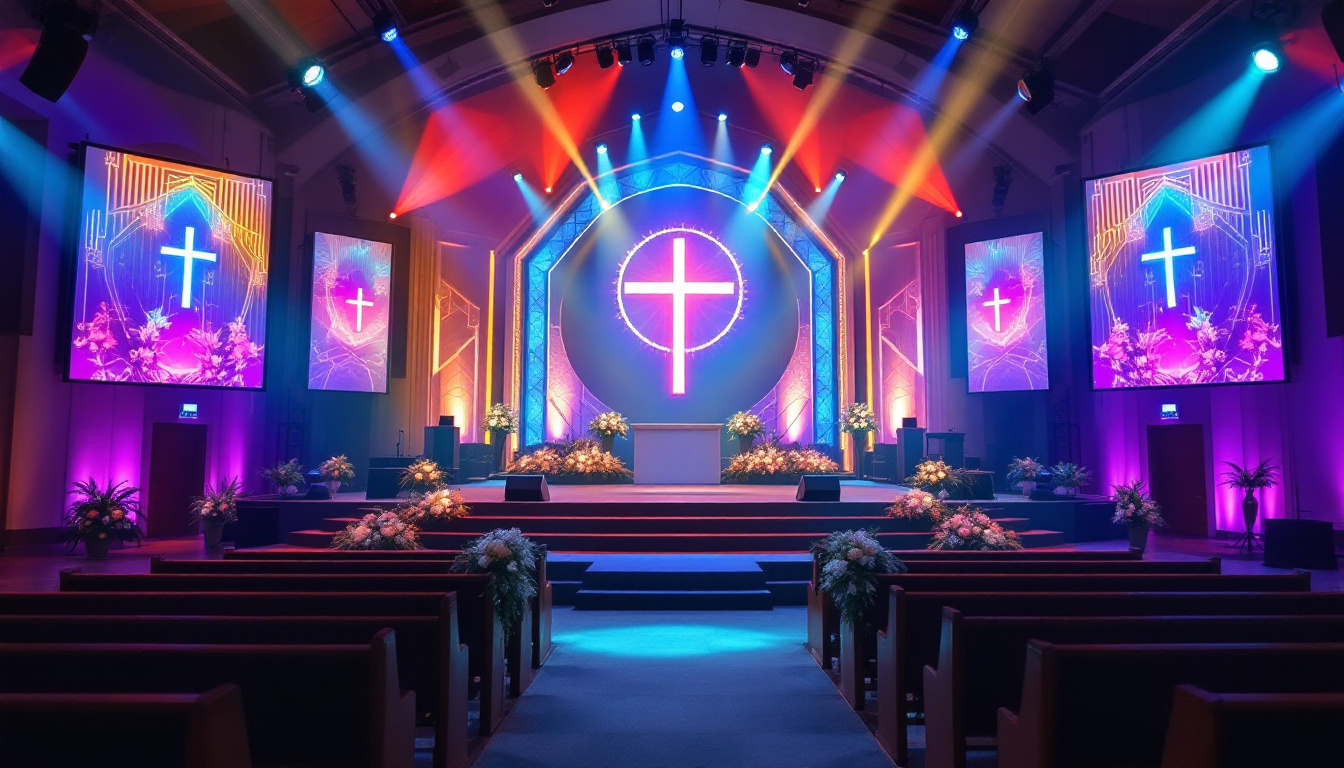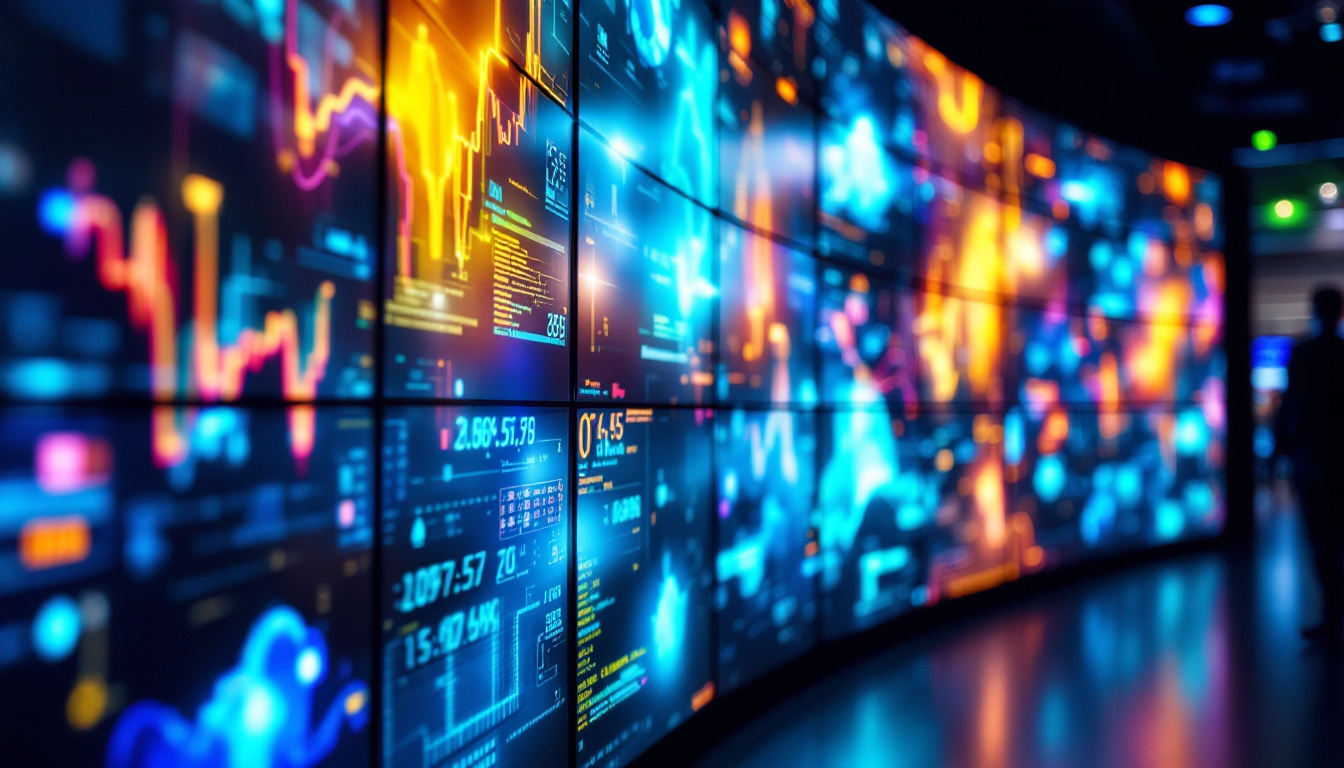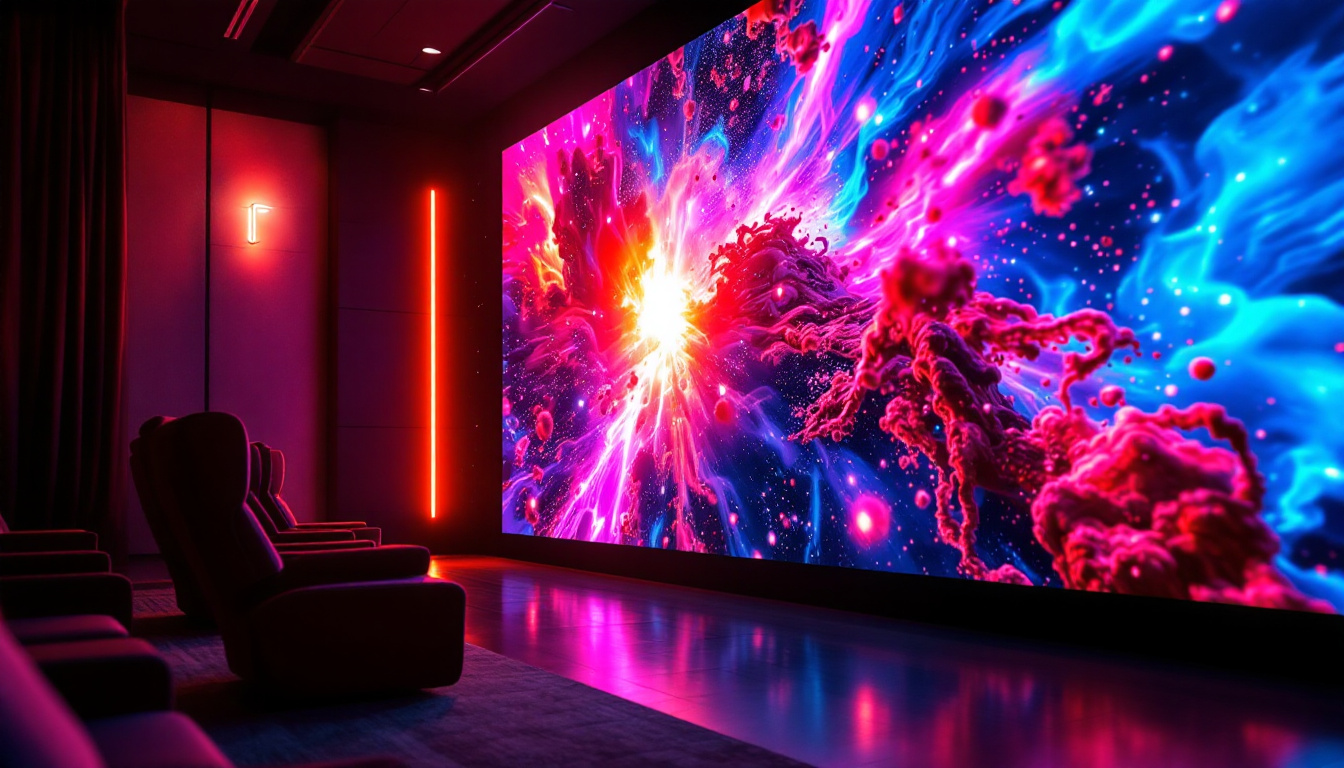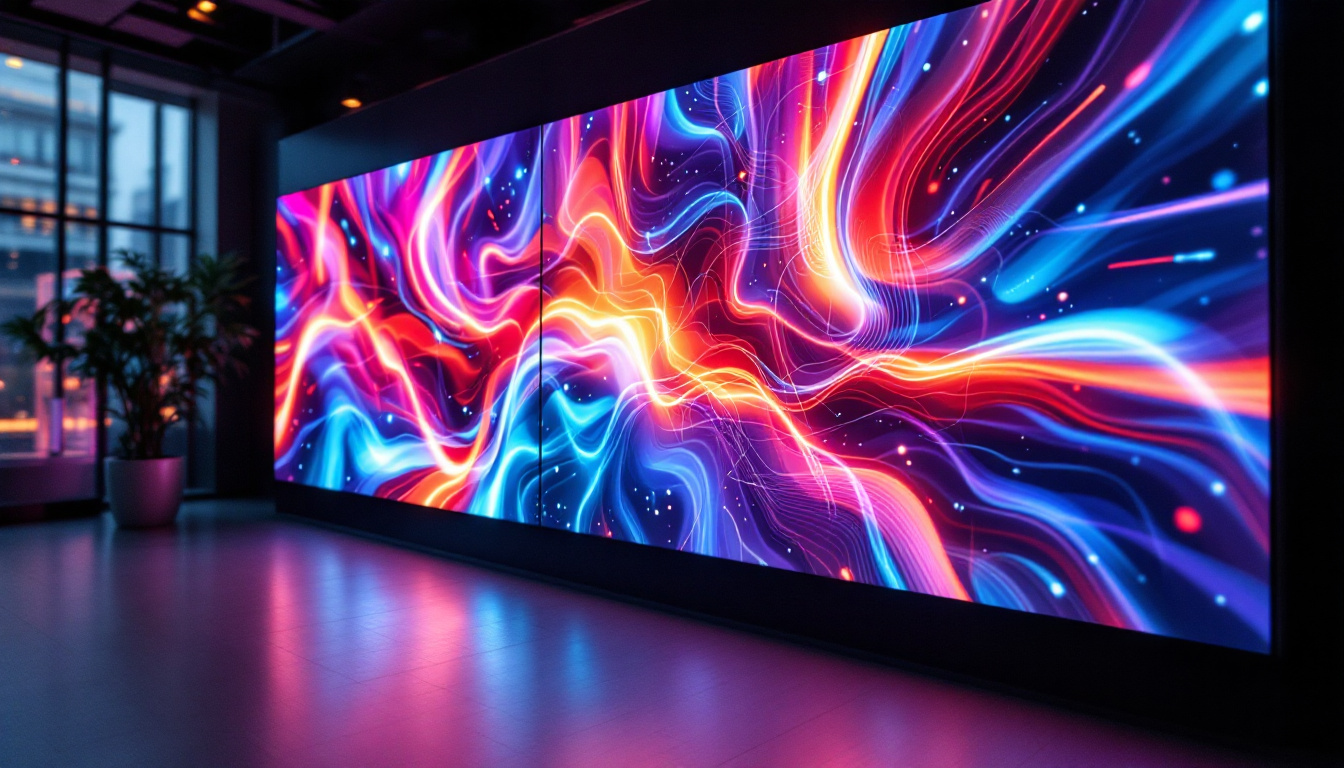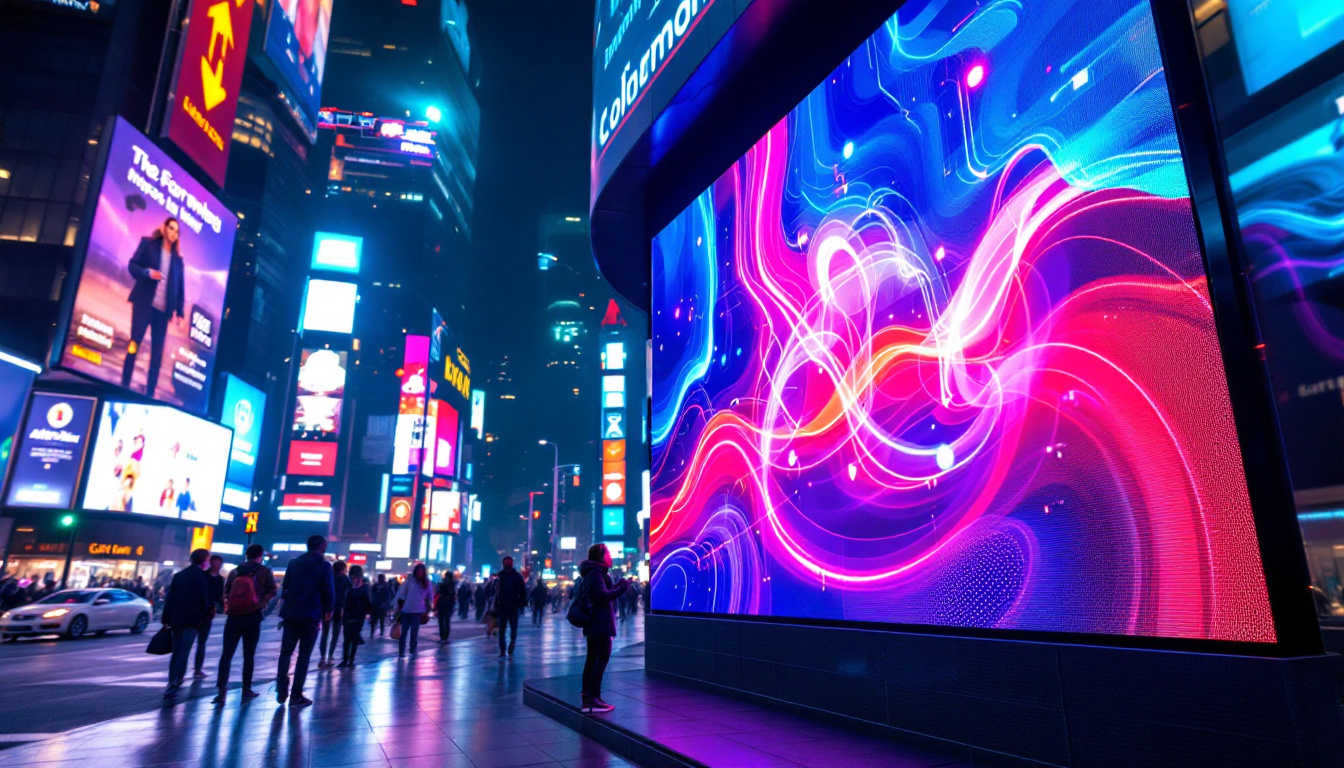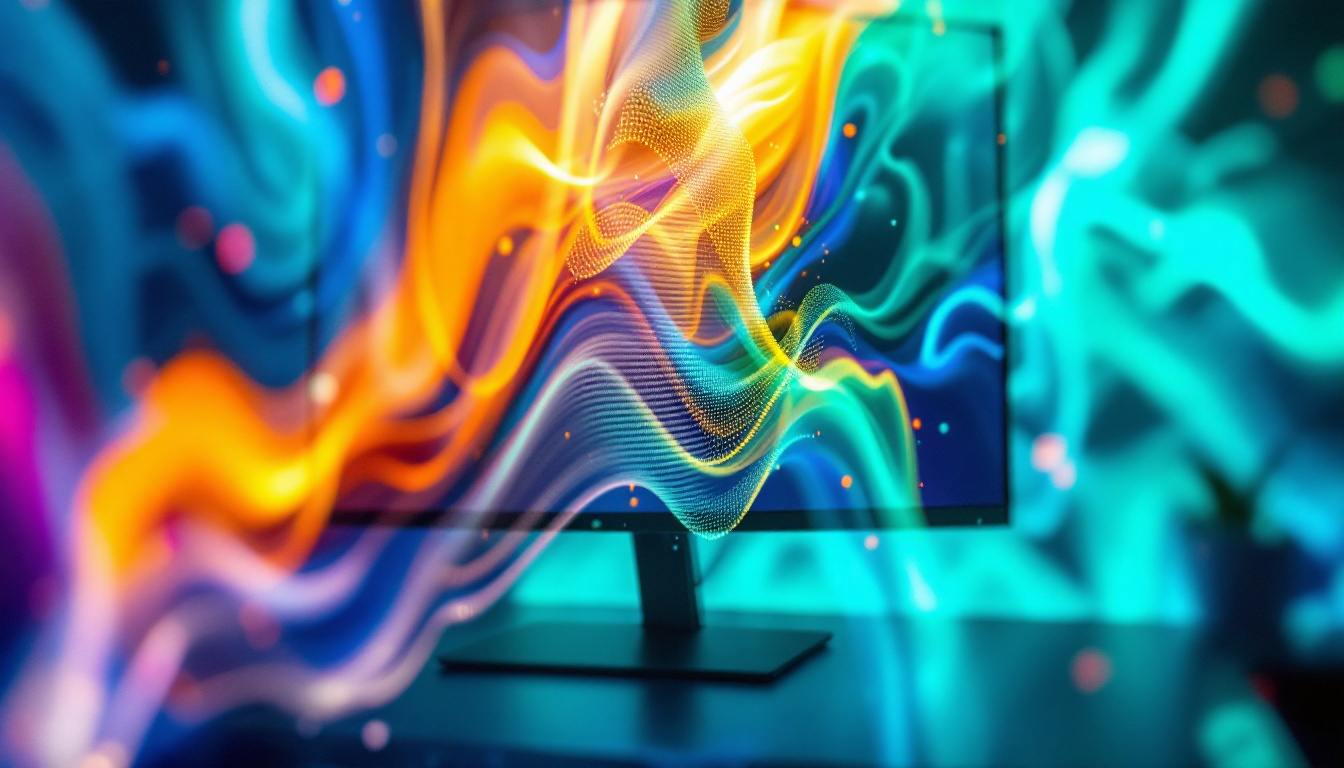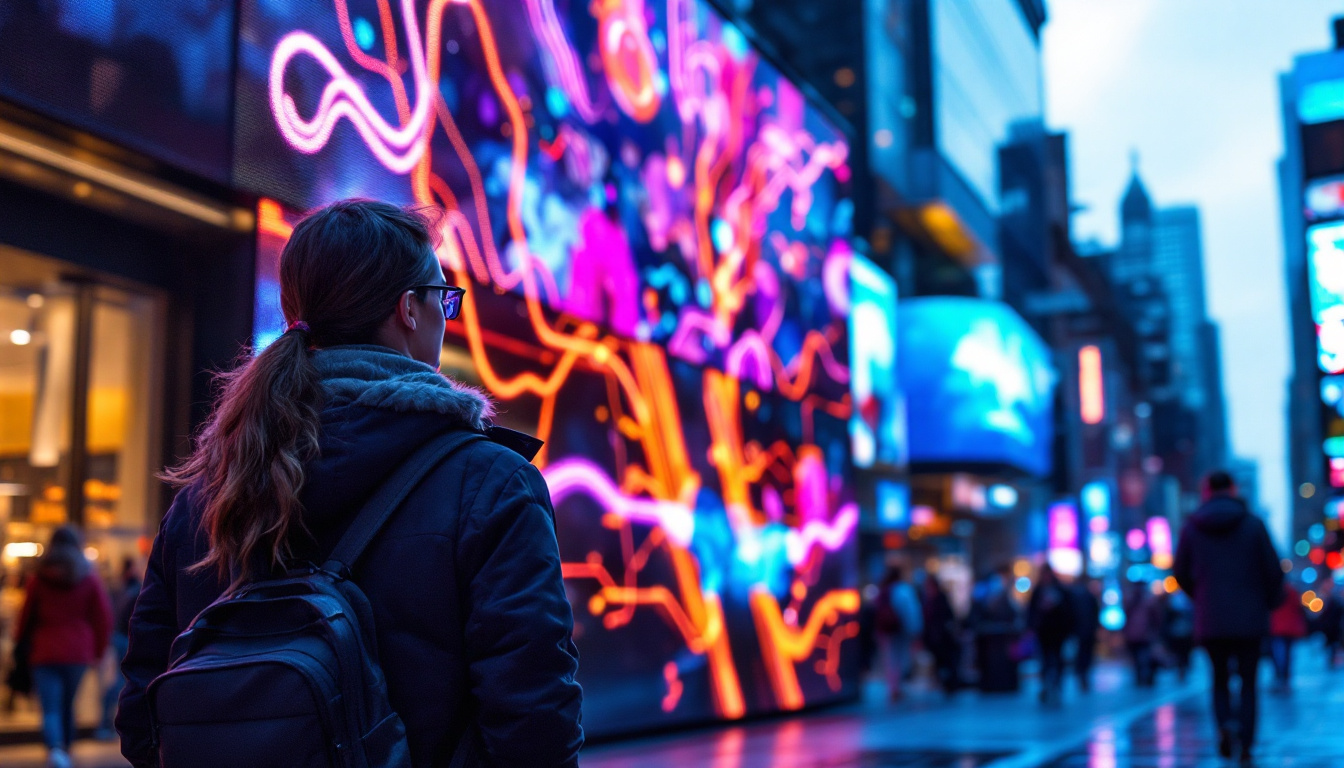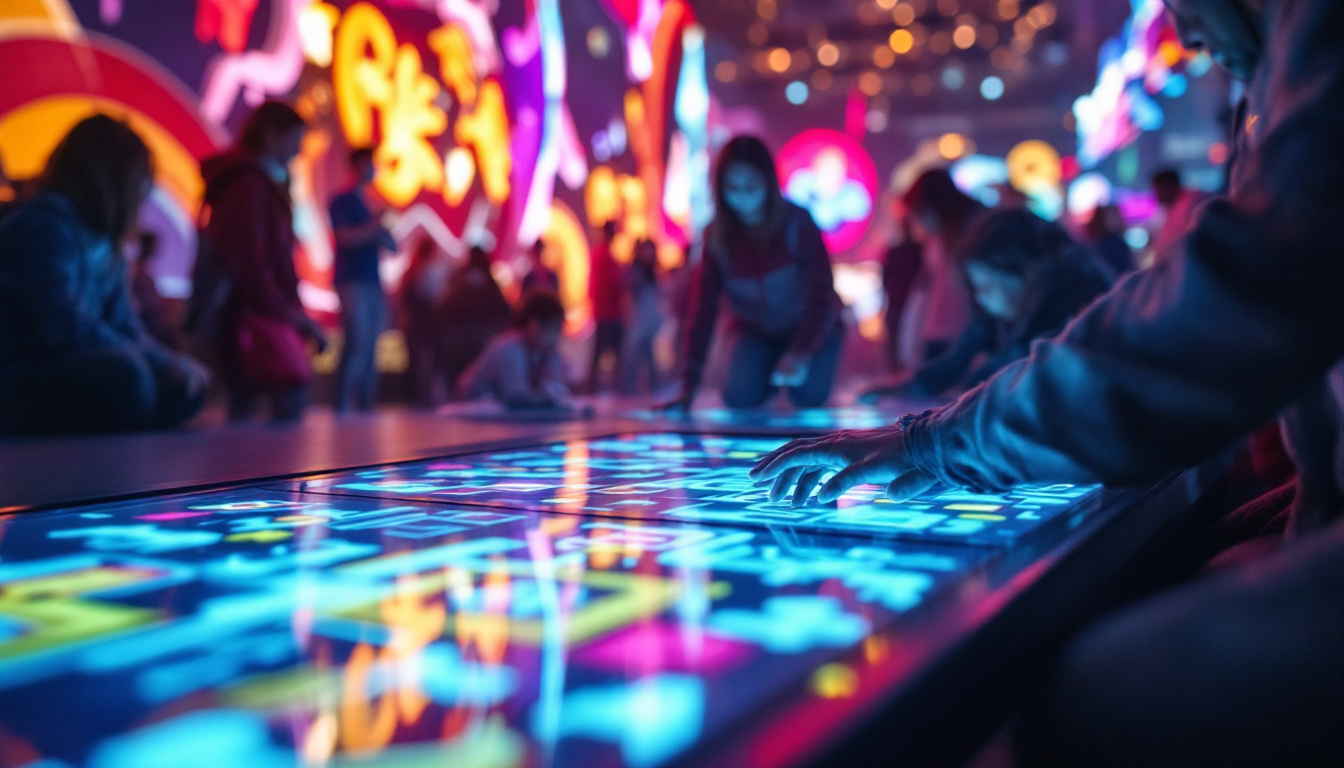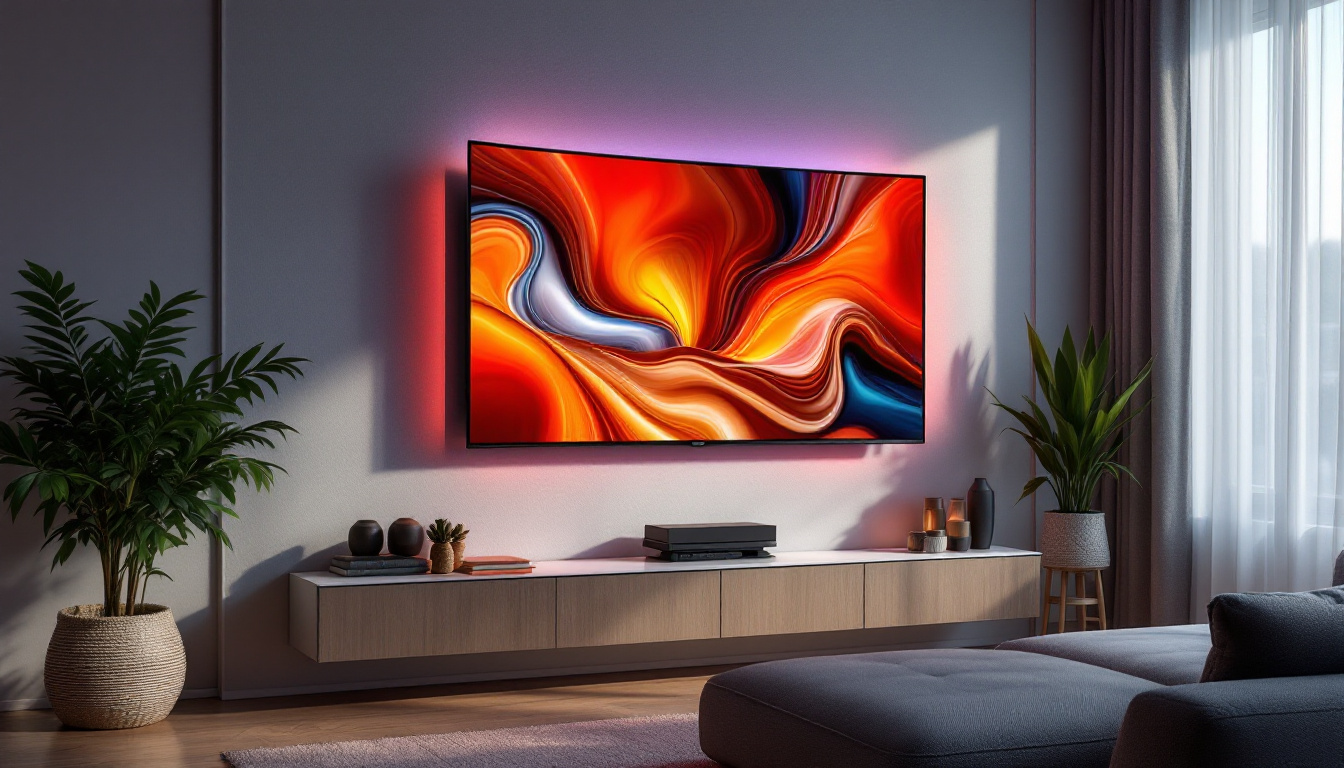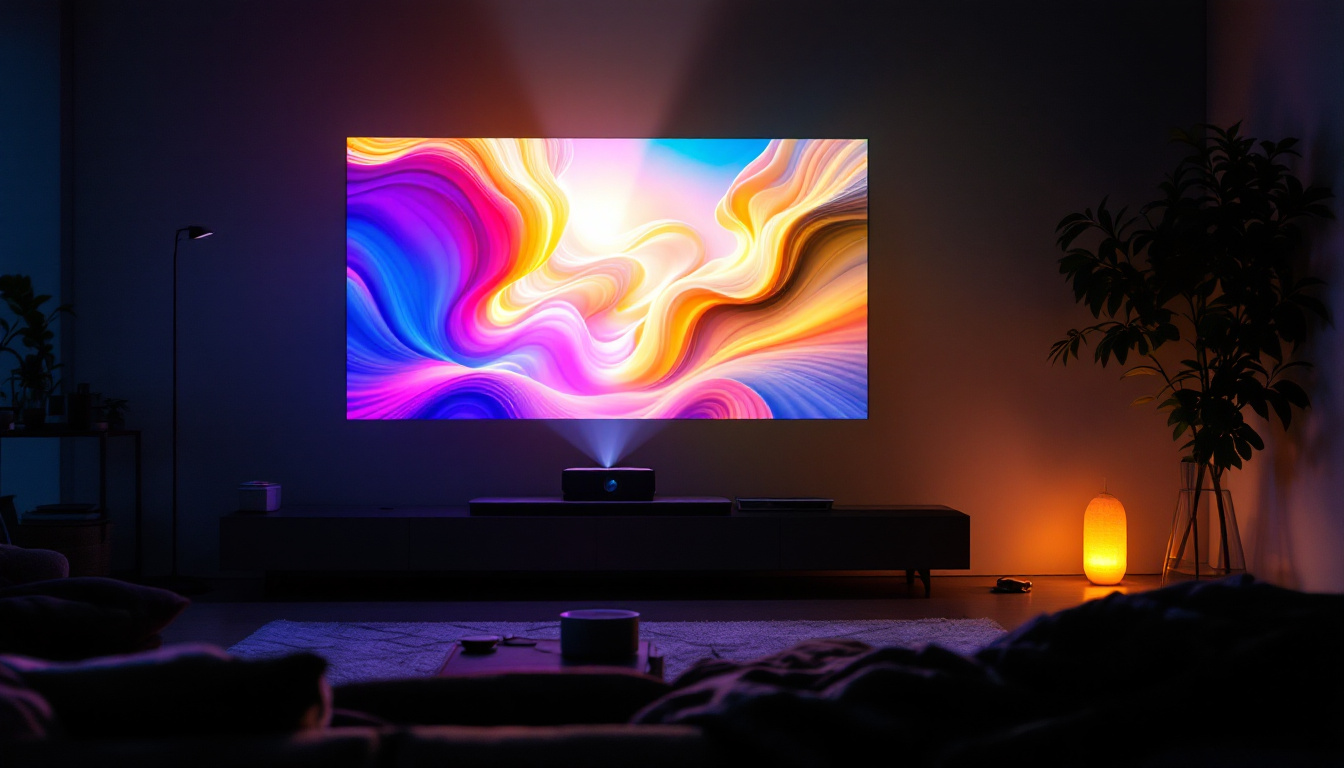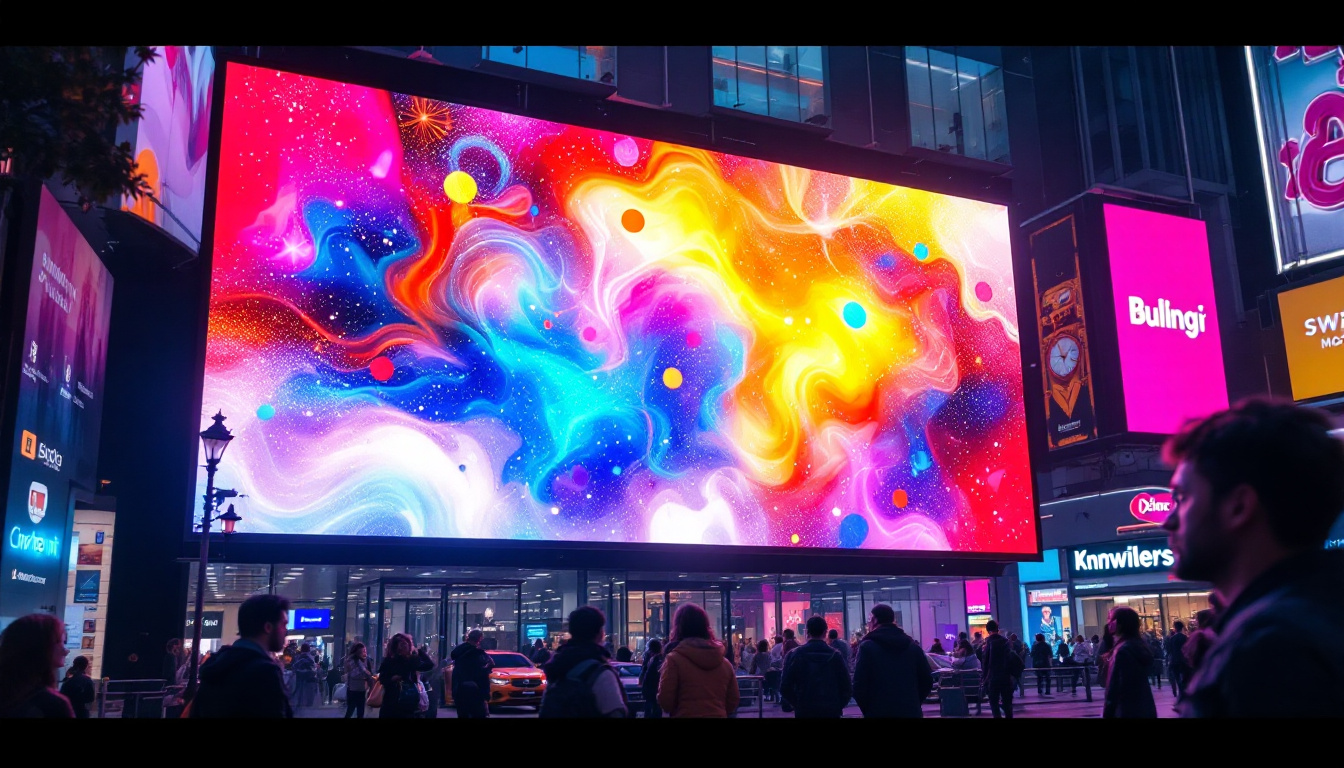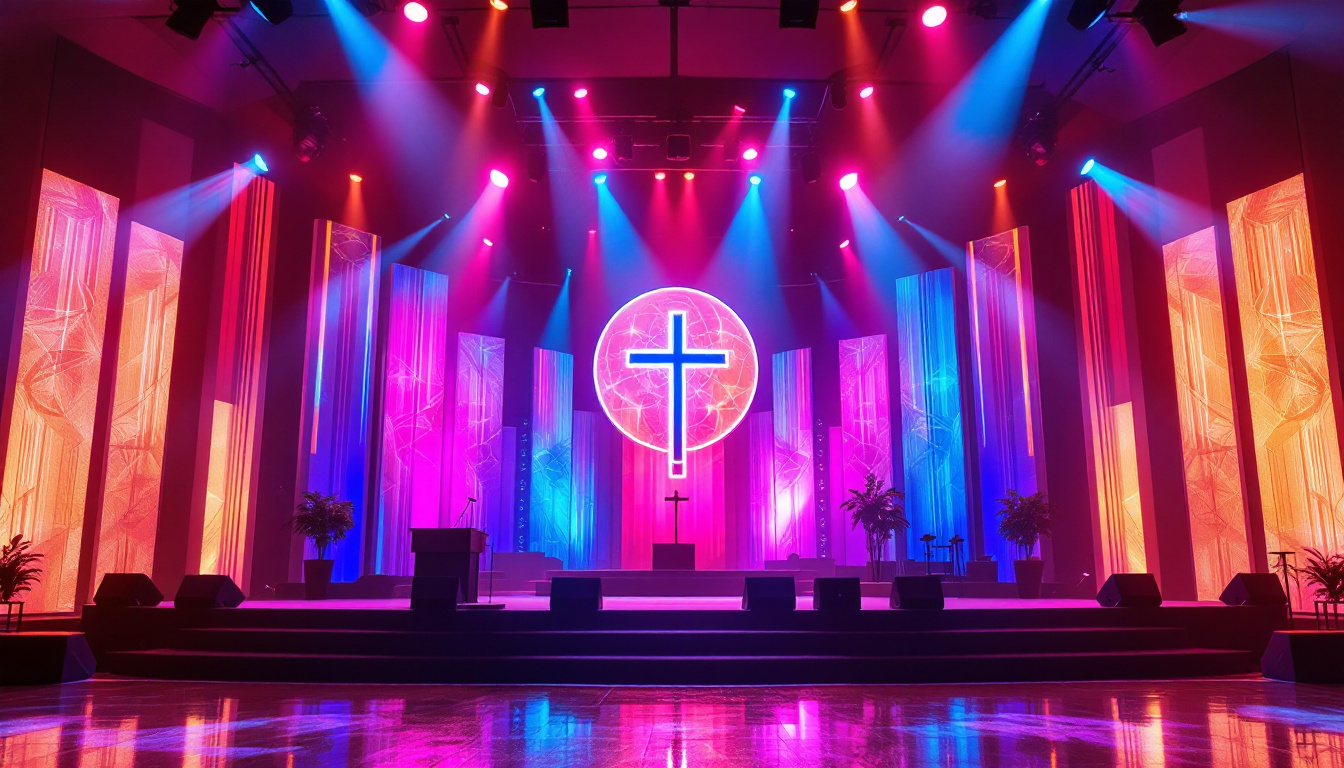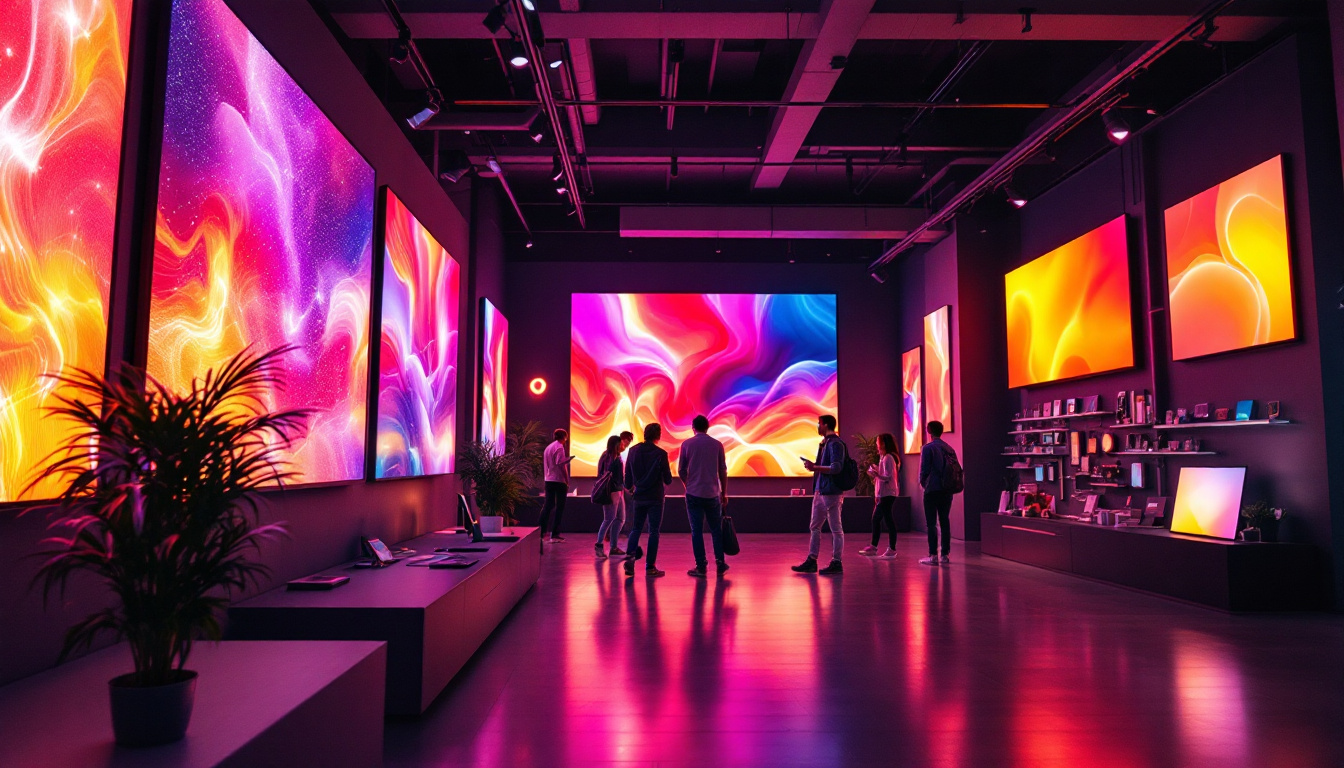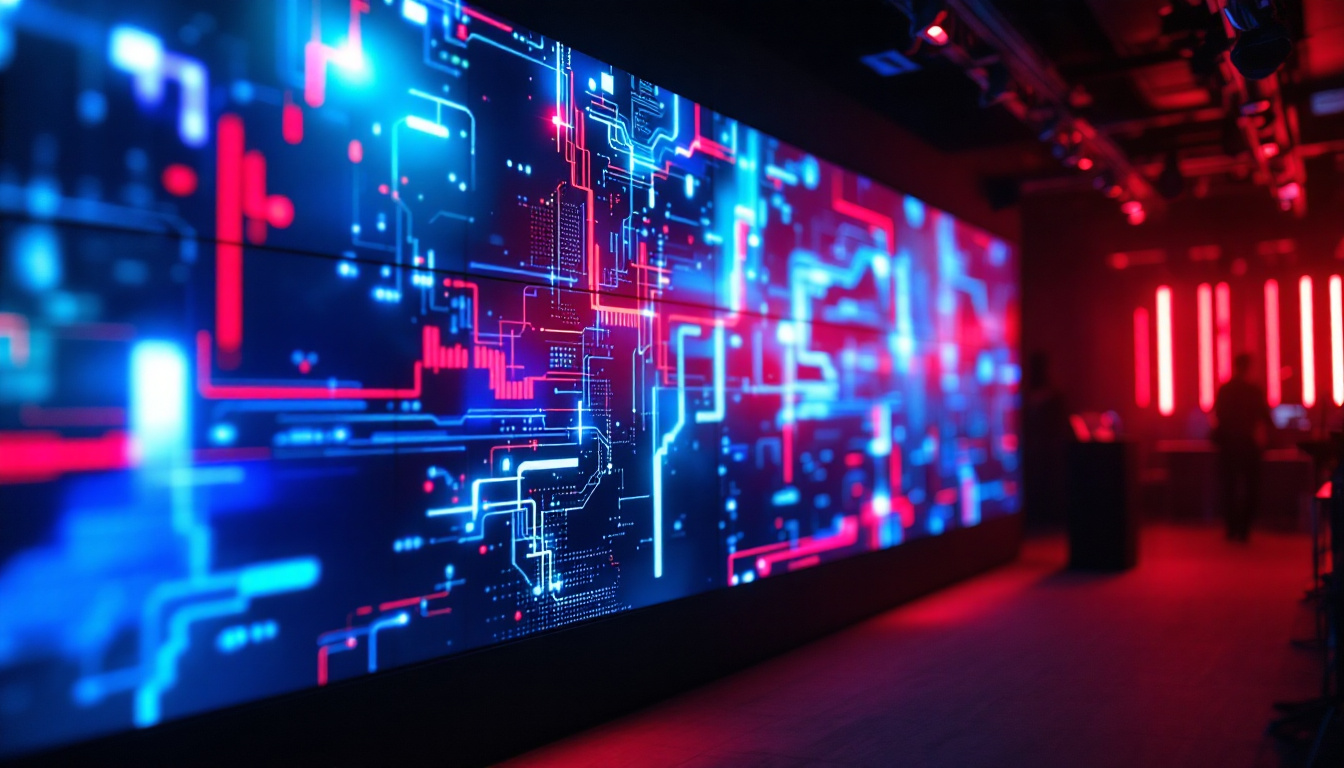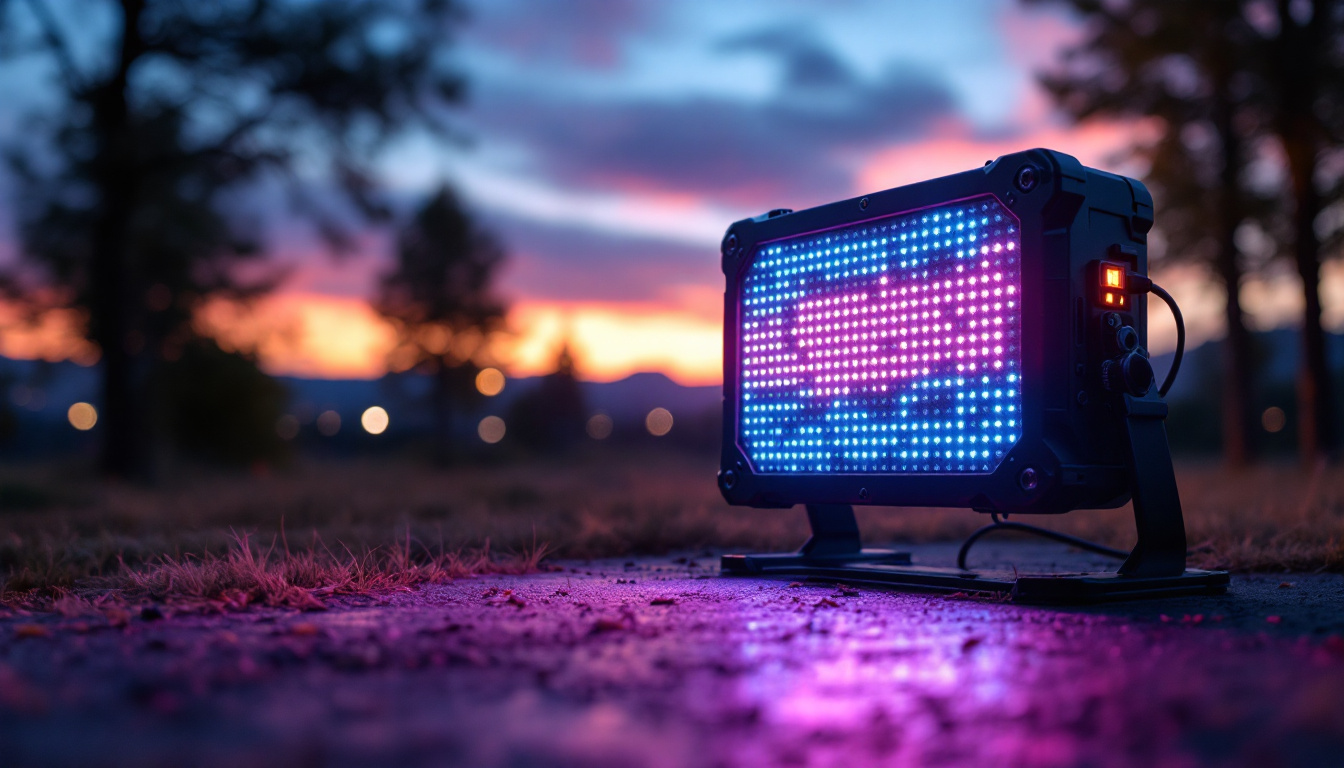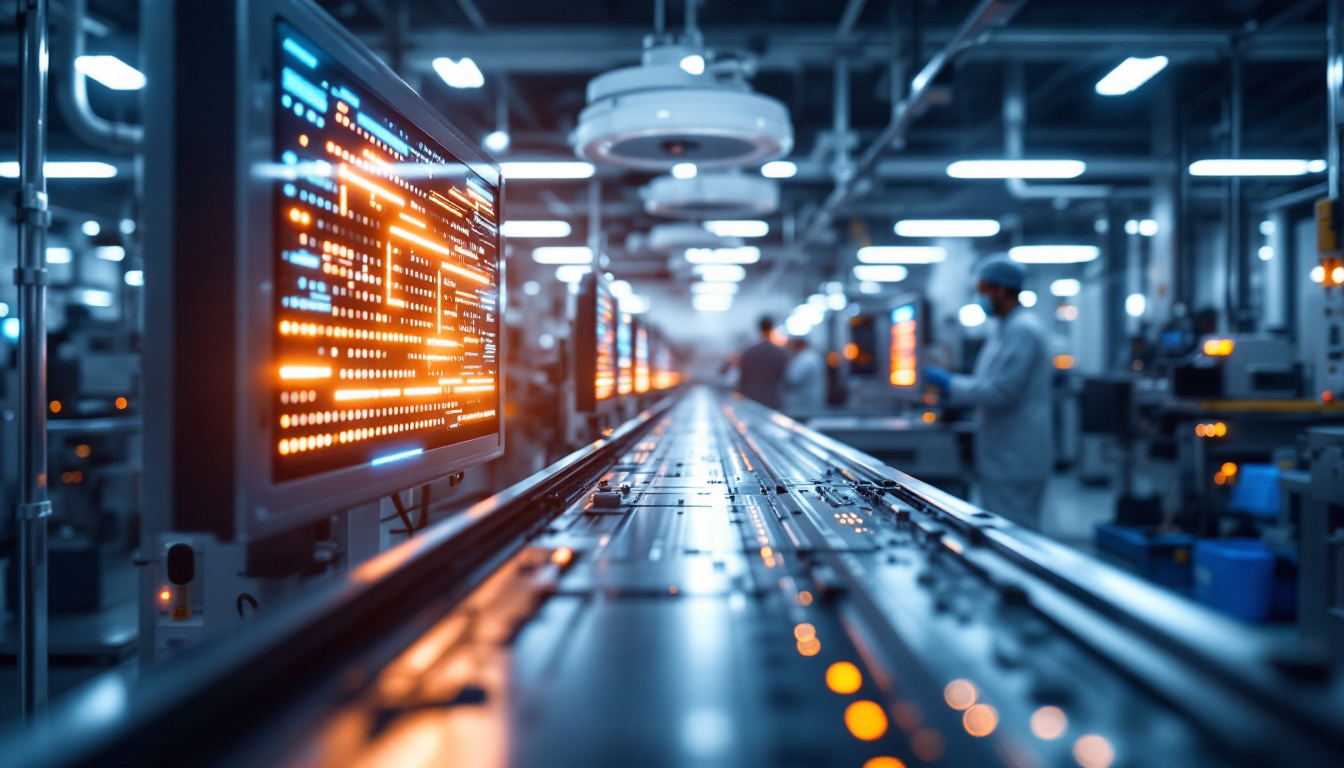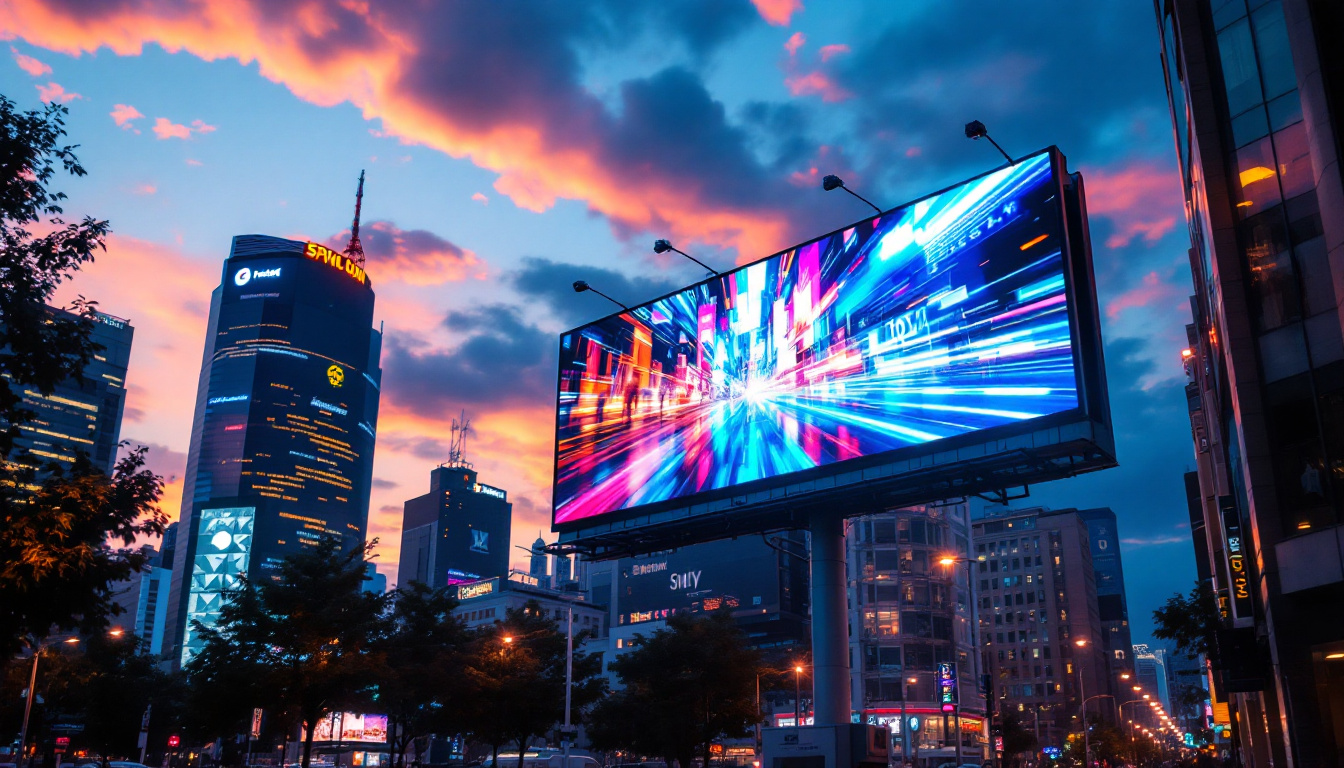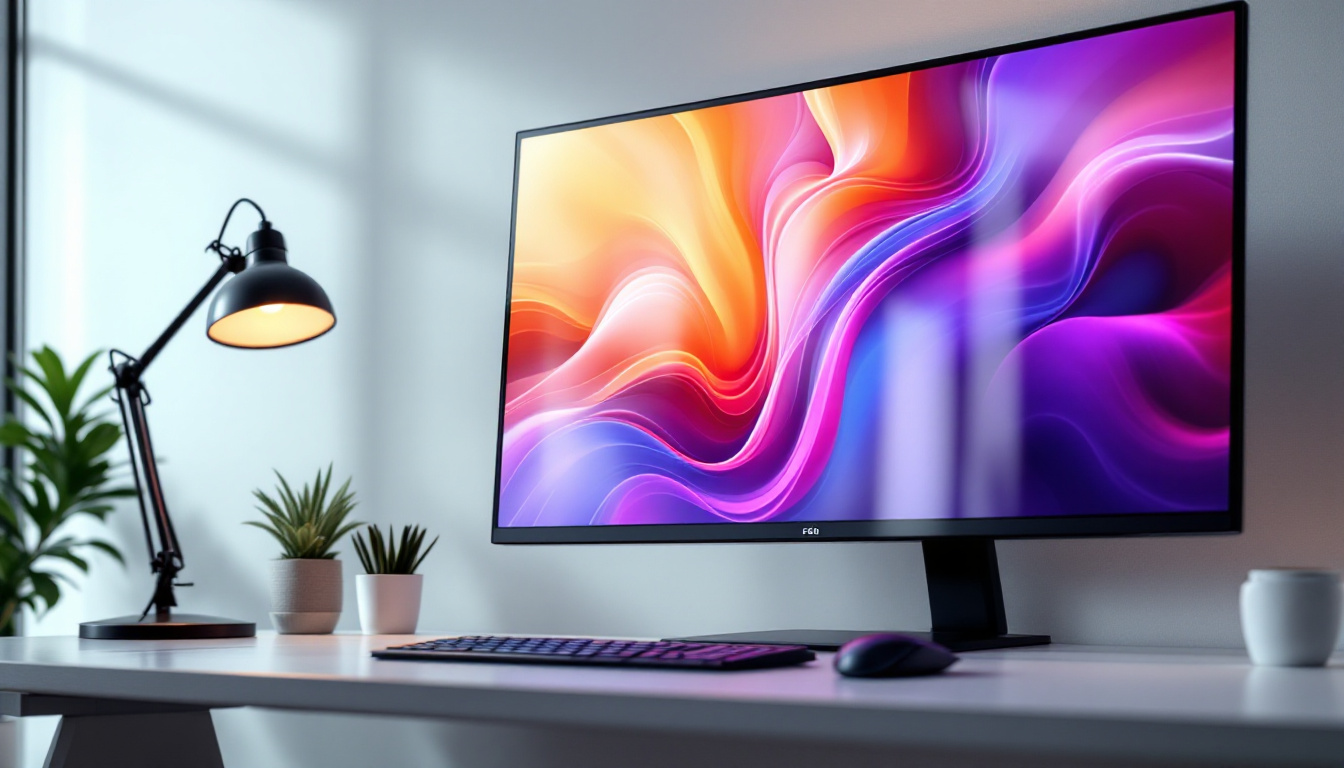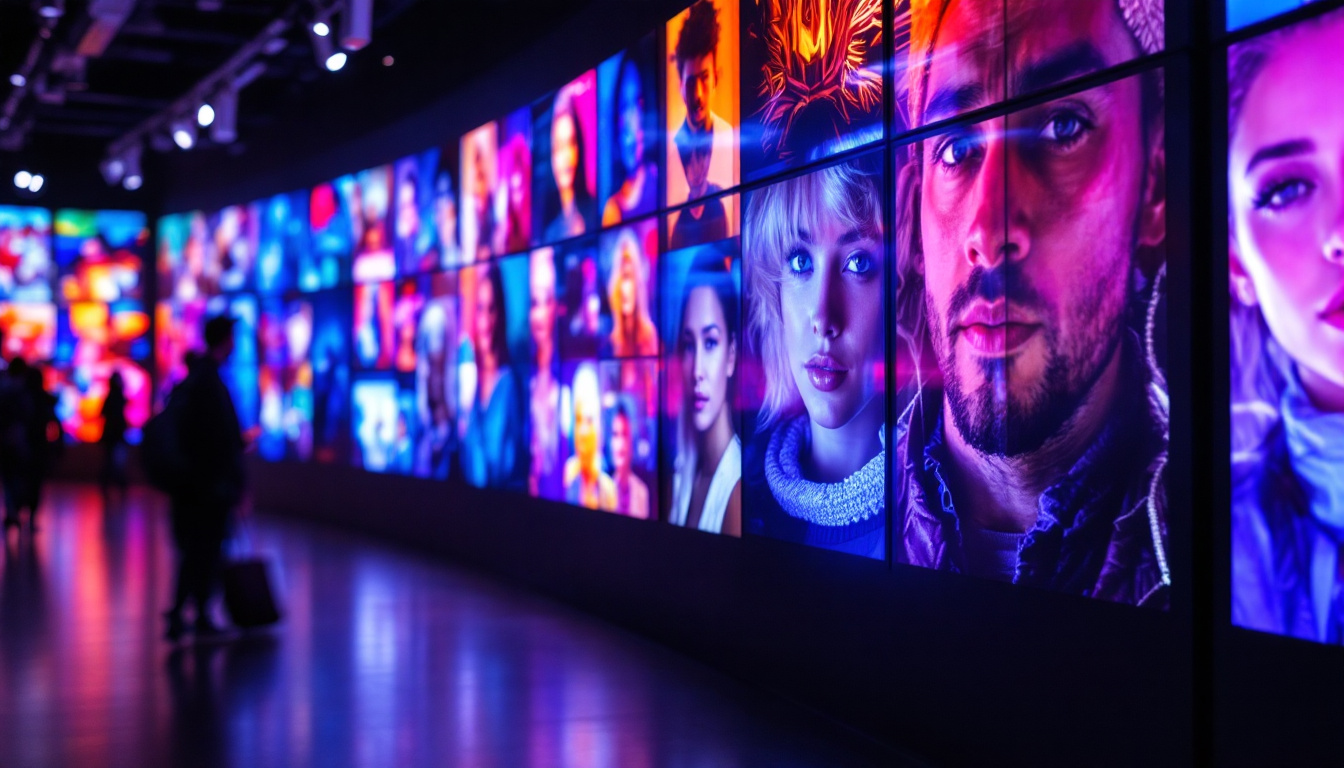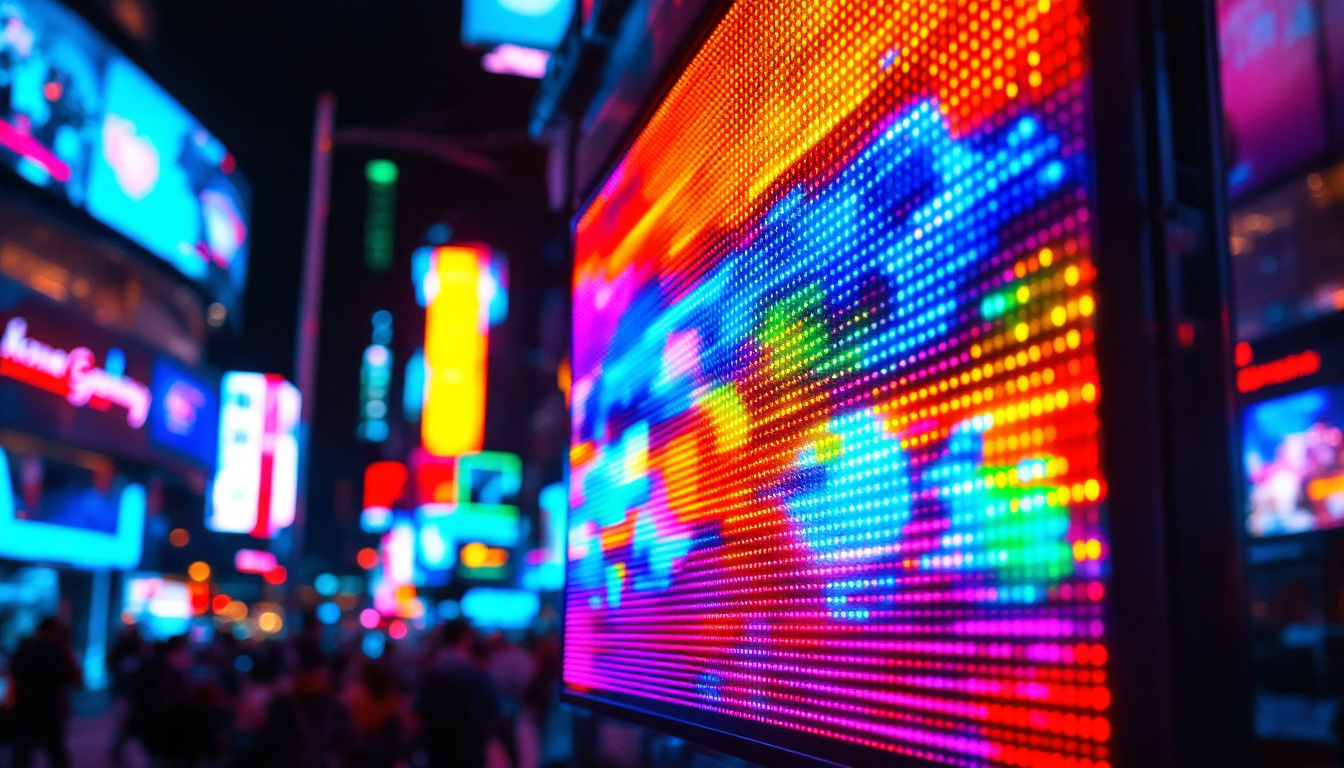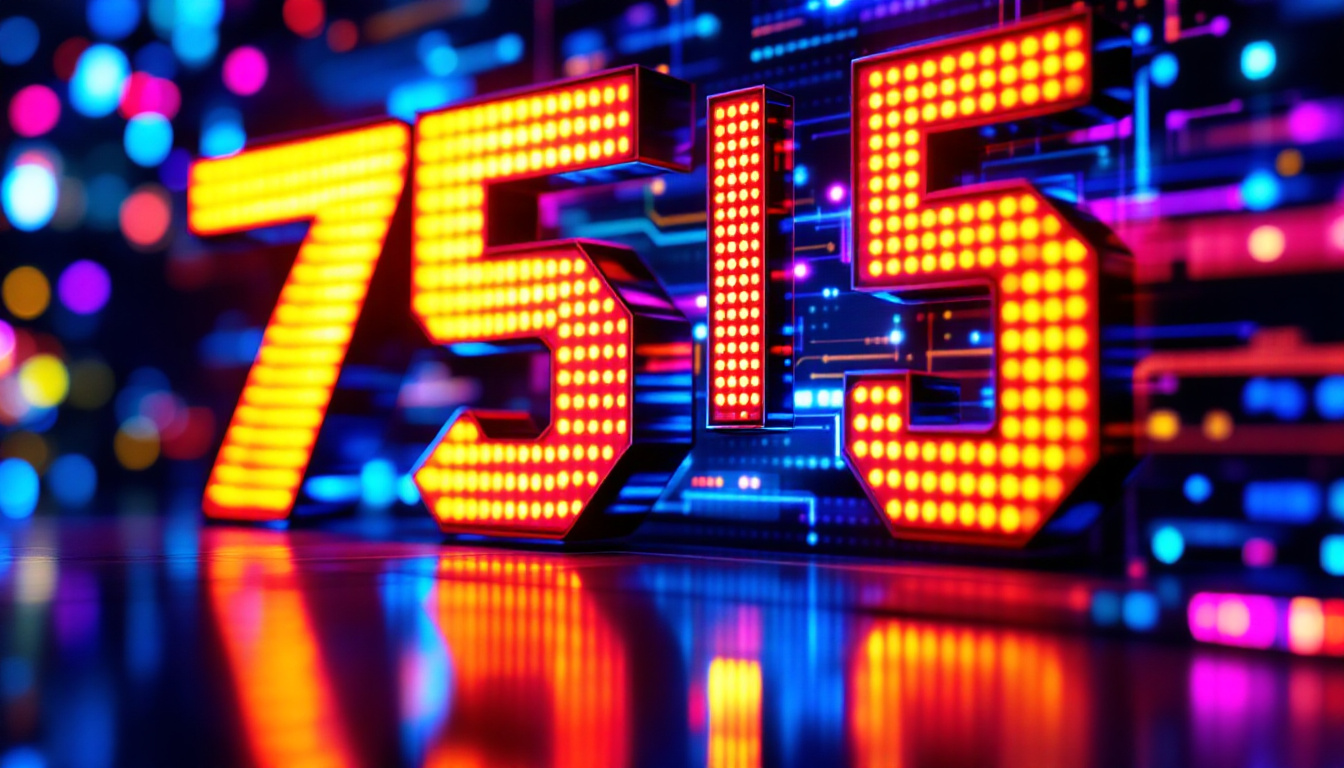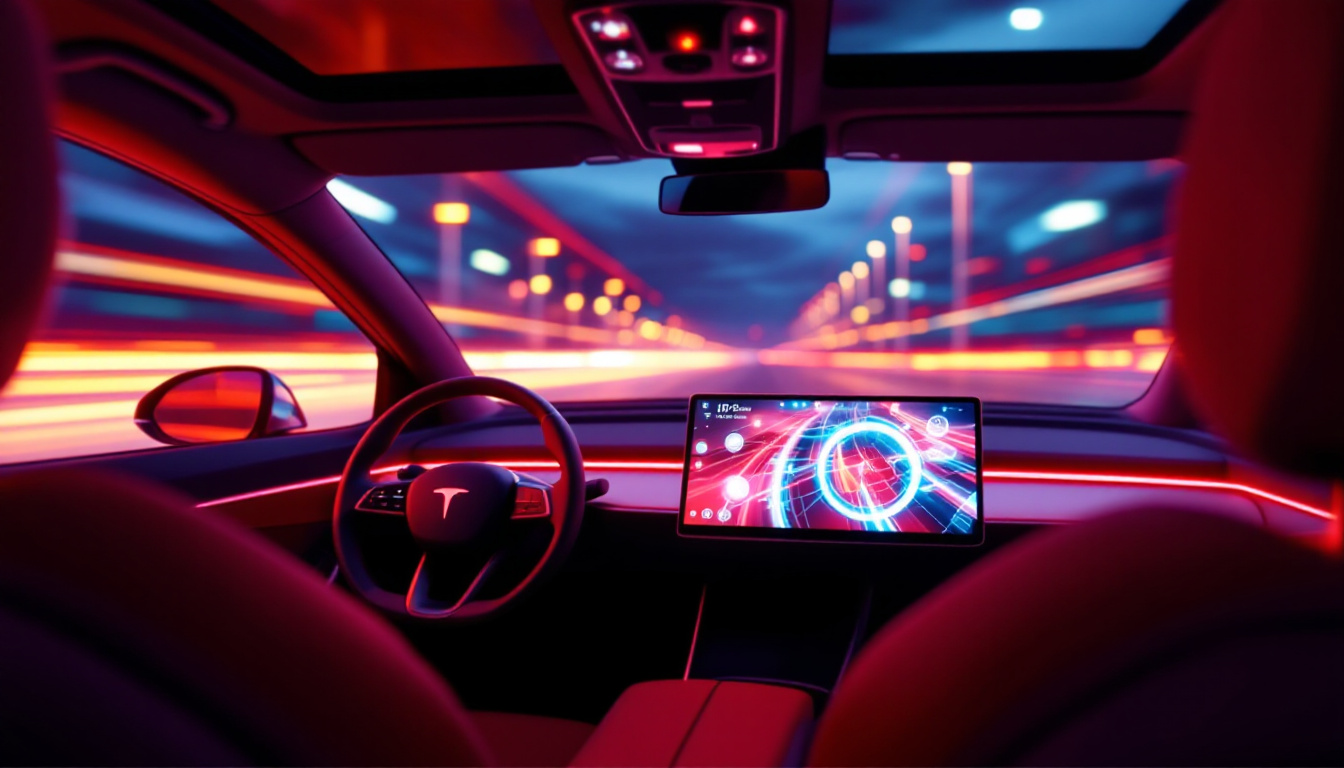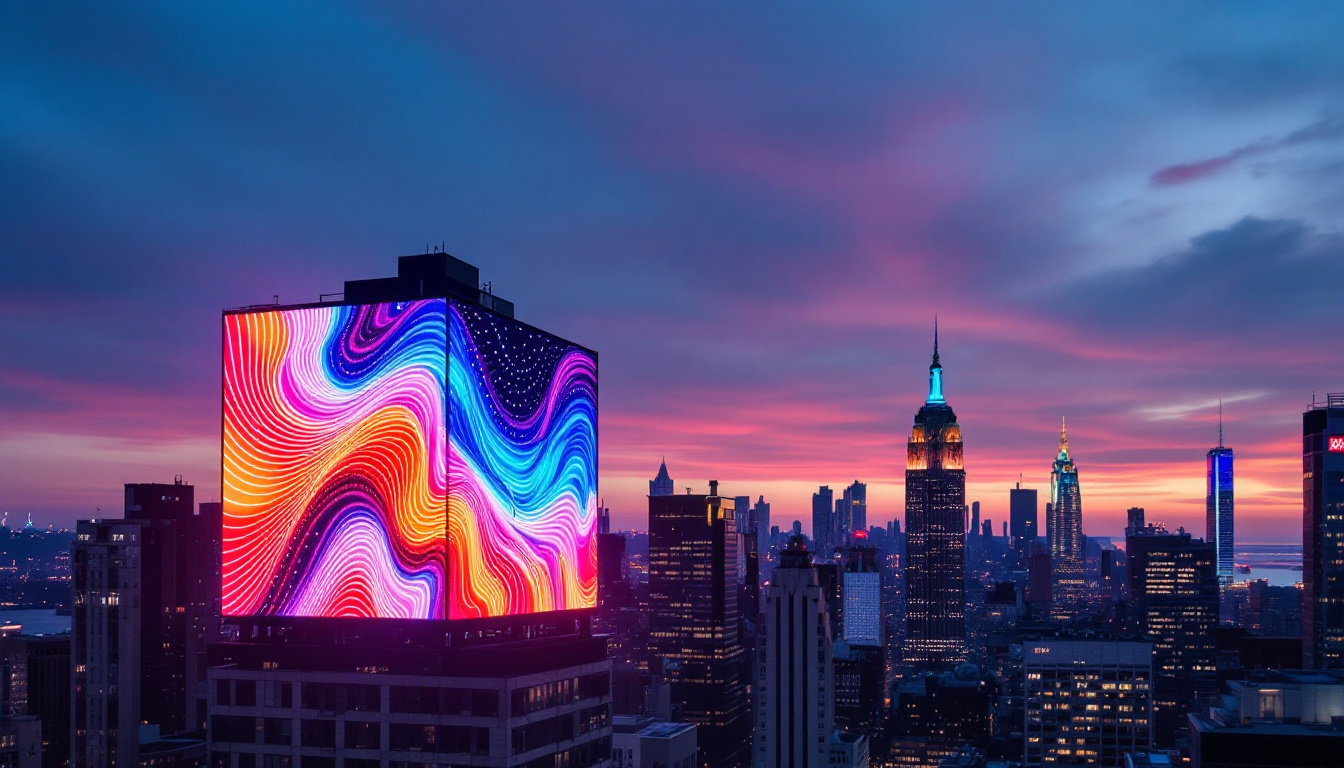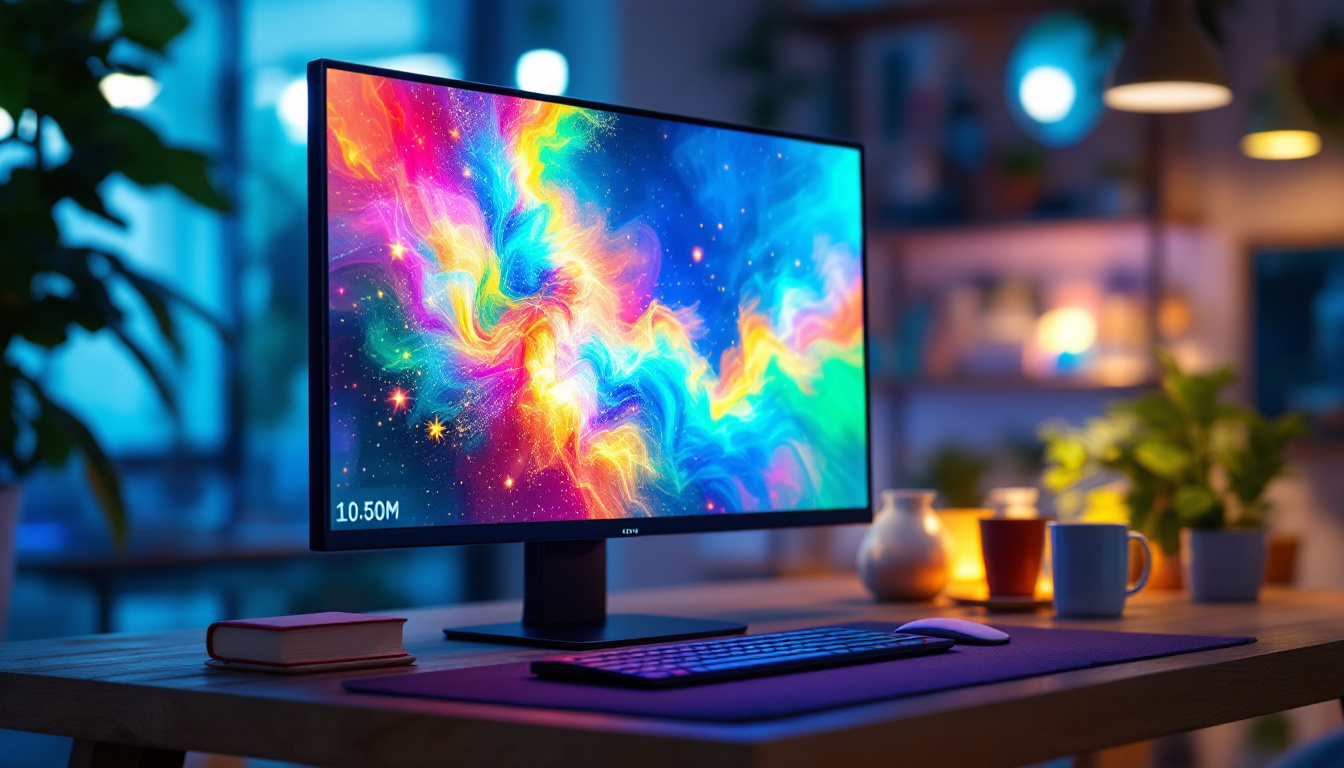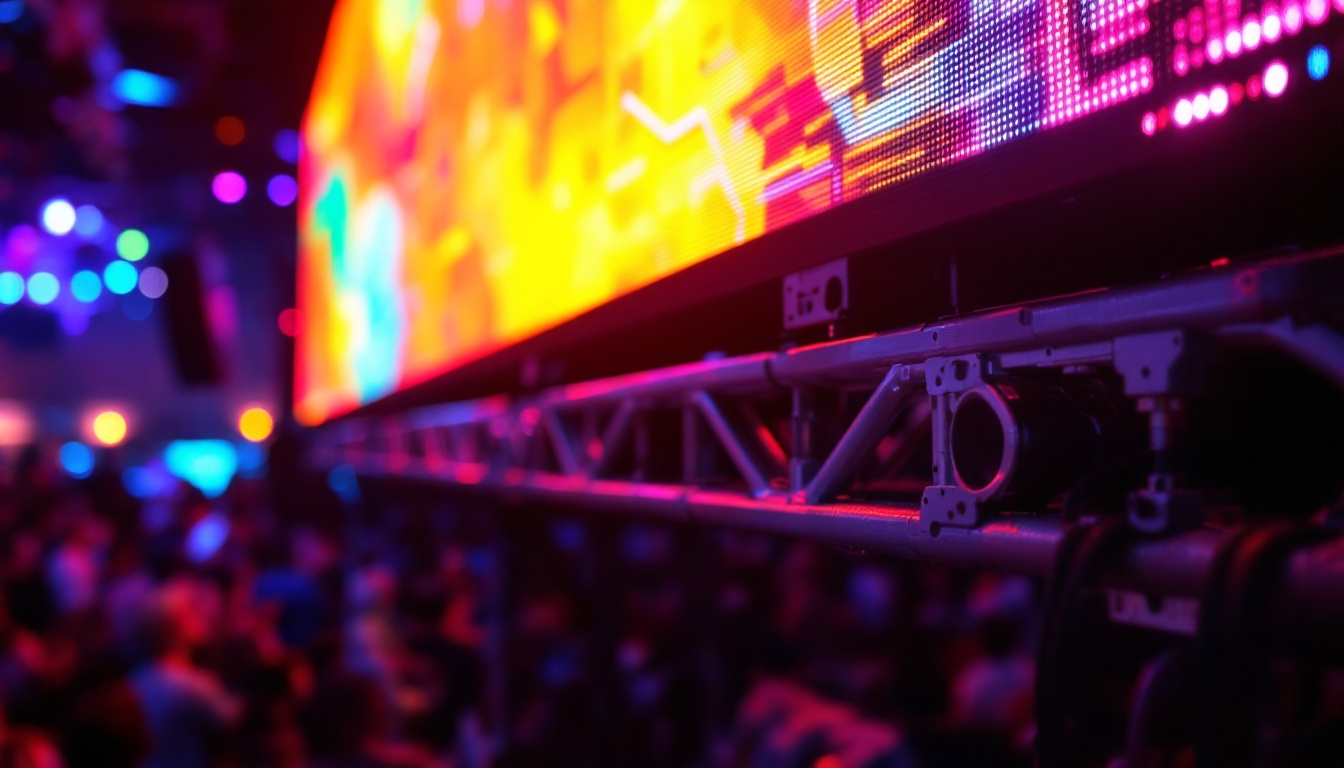In recent years, LED displays have revolutionized the way information is presented and consumed. From advertising billboards to television screens and even mobile devices, LED technology has become ubiquitous. This article delves into the intricacies of LED displays, their types, applications, and the technology behind them, providing a comprehensive understanding of this remarkable innovation.
What is an LED Display?
An LED display is a flat panel display that uses light-emitting diodes (LEDs) as its primary light source. Unlike traditional displays that rely on backlighting or other methods, LED displays generate their own light, allowing for brighter images and better contrast ratios. This technology has made significant strides in recent years, leading to widespread adoption across various industries. The energy efficiency of LED displays is another notable advantage; they consume less power compared to older technologies, making them a more sustainable choice for both consumers and businesses alike.
LED displays can be categorized into two main types: direct view and emissive displays. Direct view displays consist of individual LEDs that emit light directly, while emissive displays utilize a layer of organic materials that emit light when an electric current is applied. Each type has its unique advantages and applications, making them suitable for different environments and uses. For instance, direct view displays are often favored for their brightness and clarity in well-lit environments, while emissive displays are celebrated for their ability to produce deep blacks and vibrant colors, enhancing the overall visual experience.
How LED Displays Work
At the core of an LED display is the LED itself, which is a semiconductor device that emits light when an electric current passes through it. The color of the light emitted depends on the materials used in the semiconductor. By combining red, green, and blue (RGB) LEDs, a full spectrum of colors can be produced, allowing for vibrant and dynamic images. This RGB combination is fundamental to color theory in displays, where different intensities of these three primary colors can create millions of color variations, providing a rich visual palette.
LED displays are typically made up of thousands or even millions of individual pixels, each composed of RGB LEDs. These pixels work together to create images by varying the intensity of each color. This pixel-based structure enables high-resolution displays that can render intricate details and smooth transitions. Additionally, advancements in technology have led to the development of finer pixel pitches, which allow for closer viewing distances without losing image quality, making LED displays ideal for everything from high-end televisions to large-scale advertising screens.
Types of LED Displays
LED displays come in various forms, each designed for specific applications. The most common types include:
- Indoor LED Displays: These displays are designed for use in controlled environments, such as shopping malls, conference rooms, and theaters. They typically have a higher pixel density, resulting in sharper images viewed from a closer distance. Indoor displays often feature advanced technologies like high refresh rates, which are essential for displaying fast-moving content without blurring.
- Outdoor LED Displays: Built to withstand harsh weather conditions, outdoor LED displays are often used for billboards, stadiums, and public signage. They are designed to be visible from a distance and have lower pixel density compared to indoor displays. These displays are also equipped with protective coatings to guard against UV rays and moisture, ensuring longevity and reliability in various environmental conditions.
- Transparent LED Displays: These innovative displays allow light to pass through, making them ideal for retail environments where visibility is crucial. They can be integrated into windows and glass walls without obstructing the view. This unique feature not only enhances aesthetic appeal but also allows businesses to display advertisements or information without sacrificing natural light or visibility into their spaces.
Applications of LED Displays
The versatility of LED displays has led to their adoption across various sectors, each leveraging the technology to enhance communication and engagement. Some notable applications include:
Advertising and Marketing
One of the most prominent uses of LED displays is in advertising. Billboards and digital signage have transformed the way brands communicate with consumers. The ability to change content dynamically allows advertisers to tailor messages based on time, location, and audience demographics.
Moreover, the vibrant colors and high brightness of LED displays attract attention, making them more effective than traditional print advertisements. This adaptability has made LED displays a staple in urban landscapes, contributing to the modern advertising ecosystem.
Entertainment and Events
In the entertainment industry, LED displays play a crucial role in enhancing the viewer experience. Concerts, festivals, and sporting events utilize large LED screens to provide real-time visuals, enhancing the atmosphere and engaging the audience.
Additionally, LED technology is used in stage productions, where dynamic backdrops and lighting effects can be achieved. This versatility allows for creative storytelling and immersive experiences that captivate audiences.
Transportation and Navigation
LED displays are increasingly being used in transportation systems for real-time information dissemination. Buses, trains, and airports utilize LED screens to provide passengers with updates on schedules, delays, and other essential information.
The clarity and visibility of LED displays make them ideal for high-traffic areas, ensuring that information is easily accessible to travelers. This application not only improves the overall travel experience but also enhances safety by providing timely updates.
Advantages of LED Displays
LED displays offer numerous advantages over traditional display technologies, making them a preferred choice for many applications. Some of the key benefits include:
Energy Efficiency
One of the most significant advantages of LED displays is their energy efficiency. Compared to traditional incandescent or fluorescent displays, LEDs consume significantly less power while providing brighter images. This efficiency translates to lower operational costs and a reduced environmental impact.
Furthermore, advancements in LED technology continue to improve energy efficiency, making it an attractive option for businesses looking to minimize their carbon footprint.
Longevity and Durability
LED displays are known for their longevity and durability. With a lifespan of up to 100,000 hours, they outlast many traditional display technologies. This durability is particularly beneficial for outdoor applications, where exposure to the elements can shorten the lifespan of other display types.
Additionally, LED displays are less prone to damage from impacts and vibrations, making them suitable for a variety of environments, including busy urban areas and high-traffic venues.
High-Quality Visuals
LED displays are renowned for their ability to produce high-quality visuals with vibrant colors and excellent contrast ratios. This capability allows for stunning imagery that captures attention and enhances viewer engagement.
The pixel-based structure of LED displays enables high resolutions, making them suitable for applications that require intricate details and sharp images. Whether used for advertising, entertainment, or information dissemination, the visual quality of LED displays is unparalleled.
Challenges and Considerations
Despite their numerous advantages, LED displays are not without challenges. Understanding these challenges is essential for making informed decisions when considering LED technology.
Initial Costs
One of the primary challenges associated with LED displays is the initial investment. While prices have decreased over the years, high-quality LED displays can still be expensive compared to traditional display technologies. This upfront cost may deter some businesses from adopting LED technology, despite its long-term benefits.
However, it is important to consider the total cost of ownership, which includes energy savings and maintenance costs. Over time, the benefits of LED displays often outweigh the initial investment.
Brightness and Glare
While LED displays are known for their brightness, excessive brightness can lead to glare, especially in outdoor settings. This glare can hinder visibility and detract from the viewing experience. Proper installation and positioning are crucial to mitigate this issue.
Additionally, advancements in technology are continually addressing these challenges, with manufacturers developing solutions to enhance visibility and reduce glare in various environments.
The Future of LED Displays
The future of LED displays looks promising, with ongoing advancements in technology and applications. As innovation continues to drive the industry, several trends are emerging:
Smart LED Displays
With the rise of the Internet of Things (IoT), smart LED displays are becoming increasingly prevalent. These displays can connect to the internet, allowing for real-time content updates and remote management. This connectivity enhances the flexibility and functionality of LED displays, making them more adaptable to changing environments.
Furthermore, smart LED displays can integrate with other technologies, such as sensors and data analytics, to provide personalized content based on audience behavior and preferences.
Flexible and Curved Displays
Another exciting trend is the development of flexible and curved LED displays. These displays can be shaped to fit various surfaces and environments, allowing for creative installations that were previously impossible with traditional flat displays.
This flexibility opens up new possibilities for advertising, art installations, and architectural design, enabling unique and engaging visual experiences.
Sustainability Initiatives
As sustainability becomes a priority for businesses and consumers alike, the LED display industry is also moving towards greener practices. Manufacturers are exploring eco-friendly materials and production processes, as well as recycling programs for end-of-life displays.
By prioritizing sustainability, the LED display industry can continue to thrive while minimizing its environmental impact, appealing to environmentally conscious consumers and businesses.
Conclusion
LED displays have transformed the way information is communicated, offering vibrant visuals and dynamic content that engage audiences across various sectors. As technology continues to evolve, LED displays will become even more versatile and integral to our daily lives.
Understanding the technology, applications, and future trends of LED displays is essential for businesses looking to leverage this innovative solution. By embracing LED technology, organizations can enhance their communication strategies, improve audience engagement, and stay ahead in a competitive landscape.
In summary, LED displays are not just a passing trend; they represent a significant advancement in display technology that will shape the future of visual communication.
Explore Cutting-Edge LED Solutions with LumenMatrix
Ready to elevate your visual communication strategy with the latest in LED technology? Discover LumenMatrix’s comprehensive range of LED display solutions, from vibrant Indoor and Outdoor LED Wall Displays to innovative Vehicle and Sports LED Displays. Our mission is to revolutionize your visual experience with dynamic digital signage that captivates and engages. Whether you’re looking to create custom visual displays or seeking an All-in-One LED solution, LumenMatrix is here to transform your space. Check out LumenMatrix LED Display Solutions today and step into the future of visual storytelling.

